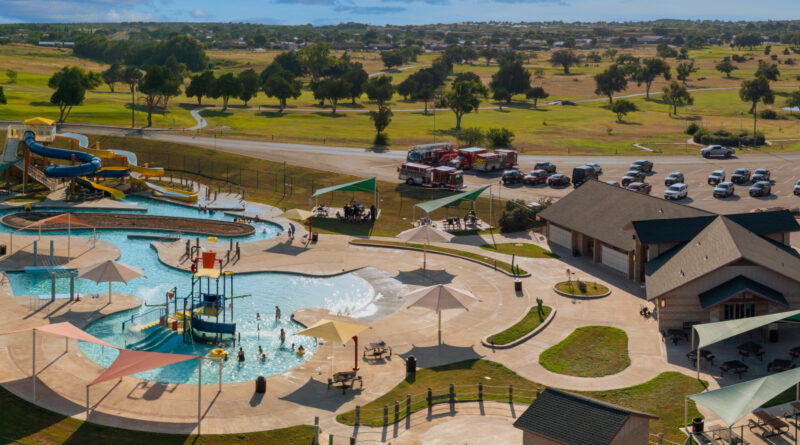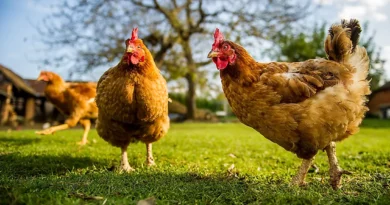History of Spring Texas
Spring, Texas, a quaint yet bustling suburb of Houston, has a rich and varied history that stretches back to the 19th century. What began as a small trading post has evolved into a vibrant community known for its historic charm, diverse population, and rapid growth. This article explores the historical development of Spring, Texas, tracing its transformation from a sparsely populated area to a thriving suburban enclave.
Early Settlement and Formation
The area now known as Spring, Texas, was originally inhabited by the Orcoquiza Native Americans. European settlement began in the early 1830s when land grants were issued to settlers by the Mexican government. One of the first significant European settlers was William Pierpont, who arrived in 1838 and established a trading post near the banks of Spring Creek.
The name “Spring” is believed to have been derived from the season when large numbers of people arrived in the area, marking the end of winter. By the mid-1800s, Spring had grown into a small but important community, serving as a trading hub for the surrounding agricultural areas.
The Arrival of the Railroad
A pivotal moment in the history of Spring came with the arrival of the International and Great Northern Railroad in 1871. The construction of the railroad transformed Spring from a modest trading post into a vital transportation hub. The railroad brought increased commerce and an influx of settlers, contributing significantly to the growth of the town.
In the 1870s, the area saw the establishment of various businesses, including a hotel, a saloon, a bank, and several general stores. The presence of the railroad also facilitated the transport of cotton, lumber, and other goods, boosting the local economy.
The Boom of the Early 20th Century
The early 20th century marked a period of significant growth and development for Spring. The discovery of oil in nearby Humble in 1904 led to an economic boom that benefited the entire region. Spring experienced a surge in population and business activity as people flocked to the area seeking employment and new opportunities.
During this time, Spring became known for its agricultural production, particularly cotton farming. The town’s economy flourished, and its infrastructure improved with the establishment of schools, churches, and other community facilities.
The Decline and Revival
The Great Depression of the 1930s brought economic challenges to Spring, as it did to many communities across the United States. The decline in cotton prices and the hardships of the era led to a reduction in population and economic activity. Many businesses closed, and the town’s growth stagnated.
Despite these challenges, Spring began to recover in the post-World War II era. The construction of Interstate 45 in the 1960s and 1970s brought renewed economic vitality to the area. The new highway improved access to Houston, making Spring an attractive location for suburban development.
The Establishment of Old Town Spring
In the 1980s, a concerted effort was made to preserve the historic charm of Spring. The establishment of Old Town Spring, a historic shopping district, played a crucial role in this revitalization. Old Town Spring features restored buildings from the late 19th and early 20th centuries and has become a popular destination for tourists and locals alike.
Old Town Spring hosts a variety of shops, restaurants, and annual events, such as the Texas Crawfish and Music Festival and the Home for the Holidays celebration. This historic district has helped preserve Spring’s heritage while contributing to its economic development.
Modern Growth and Development
Today, Spring is a thriving suburban community with a diverse population and a strong economy. The area has seen significant residential and commercial development, driven by its proximity to Houston and excellent quality of life. New neighborhoods, schools, parks, and shopping centers have sprung up, catering to the growing population.
Spring is also home to several major employers and businesses, contributing to its robust local economy. The community’s commitment to preserving its historical roots while embracing modern growth has made it a desirable place to live and work.
Conclusion
The history of Spring, Texas, is a testament to the resilience and adaptability of its people. From its early days as a trading post to its current status as a bustling suburban community, Spring has continually evolved and thrived. Its rich history, combined with its commitment to preserving its heritage and fostering growth, ensures that Spring will remain a vibrant and welcoming community for generations to come.
Discover more from City Towner
Subscribe to get the latest posts sent to your email.




